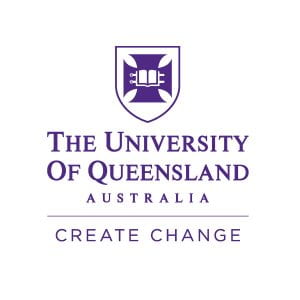IFSC Capabilities
The International Fire Safety Consortium was launched by five leading academic institutions in fire safety research and education in the USA, Europe, and Australasia. The Consortium’s network of partnerships incorporates academic institutions and NGOs worldwide plus a network of industries that operate globally. The partner universities’ capabilities can be found below.

The University of Edinburgh, founded in 1582, is the sixth oldest university in the English-speaking world and one of the world’s top research-intensive universities. The University is ranked among the top 5 in the UK for research power, with 83% of its research activity classified as world leading or internationally excellent in the Research Excellence Framework. The University of Edinburgh established research in the field of Fire Safety Engineering in the early 1970s and today has the largest group of postgraduate researchers and academics specialising in fire science and fire safety engineering research in Europe. A decade ago, the University of Edinburgh established the BRE Centre for Fire Safety Engineering, a world-class research fire centre with 40 research members from more than 18 different nationalities. The Centre has forged strong links with industrial partners in the UK, Europe and further afield.
Key Persons: Luke Bisby, Professor and Chair of Fire and Structures, David Rush, Senior Lecturer, Rory Hadden, Reader
Key Research Facilities, Infrastructure and Equipment: The University of Edinburgh has globally unique, well equipped laboratories including the Rushbrook Fire Engineering Laboratory, Fire and Materials Laboratory, the Large Structures (and Fire) Testing Hall, as well as access to the facilities at the UK Building Research Establishment. Experimental research is largely conducted in the Rushbrook Fire Engineering Laboratory, while numerical modelling work is carried out on a variety of machines from desktop workstations through to high performance parallel computing facilities.
Key Research Areas/Themes and Educational Programmes: Key research areas include: Structural Fire Safety, Sociology of Technology, Combustion Science, Fire Dynamics, Wildfires, Urban Fire Spread, Suppression, Evacuation, Fire Service Intervention, Building Systems, Engineered Timber, Pyrolysis, Ignition and Flame Spread, Thermomechanics of Materials, and Intelligent Egress. Degrees offered include: Structural and Fire Safety Engineering (SFSE) BEng or MEng degree, MSc in Fire Engineering Science (FES), and International Master of Science in Fire Safety Engineering (IMFSE), Professional Courses for Industry.
Contact Luke Bisby, Luke.Bisby@ed.ac.uk
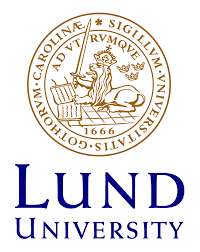
Founded in 1666 in Sweden, Lund University (LU) is one of northern Europe’s oldest, broadest and finest universities. LU is consistently ranked among the top 100 universities in the world. LU’s Division of Fire Safety Engineering (FSE) was the first in mainland Europe to start a university degree in Fire Safety Engineering and has the only Doctoral Education Programme in Fire Safety in Sweden. FSE currently has more than 15 PhD students dedicated to fire safety research. Staff at FSE hold key roles in numerous international organizations fostering fire safety through research and engineering, e.g., International Association of Fire Safety Science (IAFSS) and ISO Technical Committee on Fire Safety (TC92).
Key Persons: Margaret McNamee, Professor, Patrick Van Hees, Professor and Programme Director
Key Research Facilities, Infrastructure and Equipment: The laboratories are equipped with a cone calorimeter, MCC, furniture calorimeter, gas analysis equipment, laser measurement techniques, wind tunnel for sprinkler tests, ISO fire room in 1/3-scale and a LIFT apparatus. At the training facility for the fire rescue services at Revinge, the university has a large-scale facility to conduct room fire tests in a container set-up as well as an almost 25 m long large scale tunnel facility with HRR hood. The university has also a virtual reality laboratory to conduct experiments with different virtual reality tools. The LUNARC-cluster is also at the disposal of the fire group for simulating fires on a computer cluster.
Key Research Areas/Themes and Educational Programmes: Key research areas include: Fire Development Modelling, Human Behaviour in Fire, Fire Performance-Based Design of Buildings, Fire and Sustainability, Fire Spread and Combustion, Industrial Fire Protection Systems, Fire Technology Design, Risk Analysis, Sustainability and Fire, Simulation of Fires in Enclosures, Extinguishing Techniques and Extinguishing Agents. LU offers a BSc in Fire Protection Engineering and an MSc in Risk Management and Safety Engineering. In addition, LU is involved in the International Master of Fire Safety Technology program (IMFSE). For more information go to www.brand.lth.se
Contact Margaret McNamee, margaret.mcnamee@brand.lth.se
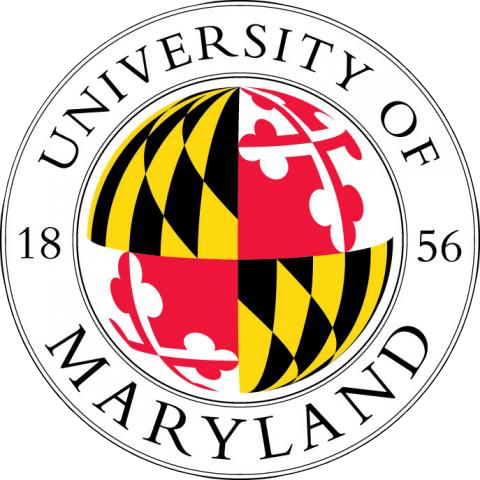
The University of Maryland (UMD) is one of the preeminent public research universities in the U.S. and across the world. A global leader in research, entrepreneurship and innovation, its faculty includes two Nobel laureates, three Pulitzer Prize winners, 60 members of the national academies and scores of Fulbright scholars. Located just a few miles from Washington, D.C., UMD has forged strong partnerships with industry and government laboratories. The Department of Fire Protection Engineering (FPE) was established within UMD’s Clark School of Engineering in 1956. The FPE Department offers the only fully ABET accredited undergraduate program and one of three graduate degree programs in the U.S. More than 1,100 graduates from the Department are now employed in industry, insurance companies, federal, state or local government, military, and fire service. UMD’s FPE Department also focuses on increased engagement with industry through the Fire Testing and Evaluation Center (FireTEC).
Key Persons: Arnaud Trouve, Professor and Director of Graduate Studies, Stas Stoliarov, Professor & Co-Director, Fire Testing and Evaluation Center (FireTEC), Peter Sunderland, Professor, Evan Ellicott, Associate Research Professor
Key Research Facilities, Infrastructure and Equipment Research facilities include: UL Fire Modelling Laboratory, Hickey Fire Suppression Laboratory, Koffel Fire Standards Laboratory, FM Global Fire Phenomenon Laboratory, and EBL Fire Engineering Lab.
Key Research Areas/ Themes and Educational Programmes: Key research areas include: Fire Behavior, Fire Suppression, Fire Simulation and Computational Modelling, Materials Flammability, Wildland Fires, Fire Detection, Evacuation Analysis, Smoke Movement and Control, Fires in Microgravity, Fire Protection and Resilience, Microgravity Experiments in Space, Fire Safety of Lithium Ion Batteries, Oil Spill Cleanup, Emerging Hazards, as well as Geographical Sciences expertise in Remote Sensing Fire Detection, GIS, Fire Spread and Behavior Modeling, Wildland Fire Emissions, Burned Area and Severity Estimates, Satellite-based Hot Spot and Burned Area Algorithm Development, Calibration, and Validation. The University of Maryland’s B.S. in Fire Protection Engineering is the only ABET accredited undergraduate FPE program. UMD also offers an M.S., M.Eng., Graduate Certificate, and Ph.D. in FPE, and participates in the International Master of Science in Fire Safety Engineering.
Contact Arnaud Trouve, atrouve@umd.edu
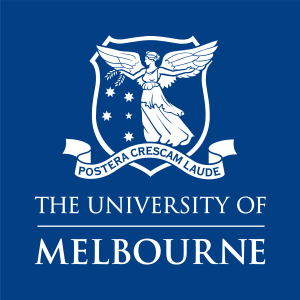 The University of Melbourne is a pioneering research university that makes distinctive contributions to society in research, learning and teaching, and engagement. The university is consistently ranked among the leading universities in the world. The University of Melbourne’s Structures and Materials Group is internationally recognized as one of the leading groups in the design, modelling and development of advanced materials and structural systems for construction, infrastructure, and defence. It is led by Prof Tuan Ngo who has been working intensively on these research areas for more than 20 years. The FLARE Wildfire Research Group is well known internationally for its fire behaviour, landscape flammability and fire risk management research. The groups works closely with industry and government organisations to carry out research and consulting work in these areas.
The University of Melbourne is a pioneering research university that makes distinctive contributions to society in research, learning and teaching, and engagement. The university is consistently ranked among the leading universities in the world. The University of Melbourne’s Structures and Materials Group is internationally recognized as one of the leading groups in the design, modelling and development of advanced materials and structural systems for construction, infrastructure, and defence. It is led by Prof Tuan Ngo who has been working intensively on these research areas for more than 20 years. The FLARE Wildfire Research Group is well known internationally for its fire behaviour, landscape flammability and fire risk management research. The groups works closely with industry and government organisations to carry out research and consulting work in these areas.
Key Persons: Tuan Ngo, Professor and Director of the Advanced Protective Technologies for Engineering Structures (APTES) Group, and Research Director of the ARC Training Centre for Advanced Manufacturing of Prefabricated Housing (ARC-CAMPH), Alex Filkov, Senior Research Fellow, Lu Aye, Professor, Infrastructure Engineering
Key Research Facilities, Infrastructure and Equipment: Structural and Material Testing Facilities, Material Characterisation Facilities, Pundit Lab Ultrasonic Pulse Velocity (UPV) Testers, Full Imaging System, Fire Behaviour Facilities
Key Research Areas/Themes and Educational Programmes: Key research areas include: Novel Construction Methods, Architectural Design, Building Performance, Cladding Materials, Building Façade Systems, Sustainable Materials, Evacuation Modeling, Fire Hazards for Buildings and Infrastructure, Modelling Urban Systems, Smart Sensing Systems for Early Detection, Disaster Management and Public Safety Decision-making, Fire Behaviour, WUI Fires, Landscape Flammability, Fire Risk Management. Undergraduate majors are provided via the Bachelor of Science or Bachelor of Design degrees. Graduate level degrees are also offered, including Master of Engineering, Master of Forest Sciences, and Ph.D. programs.
Contact Tuan Ngo, dtngo@unimelb.edu.au
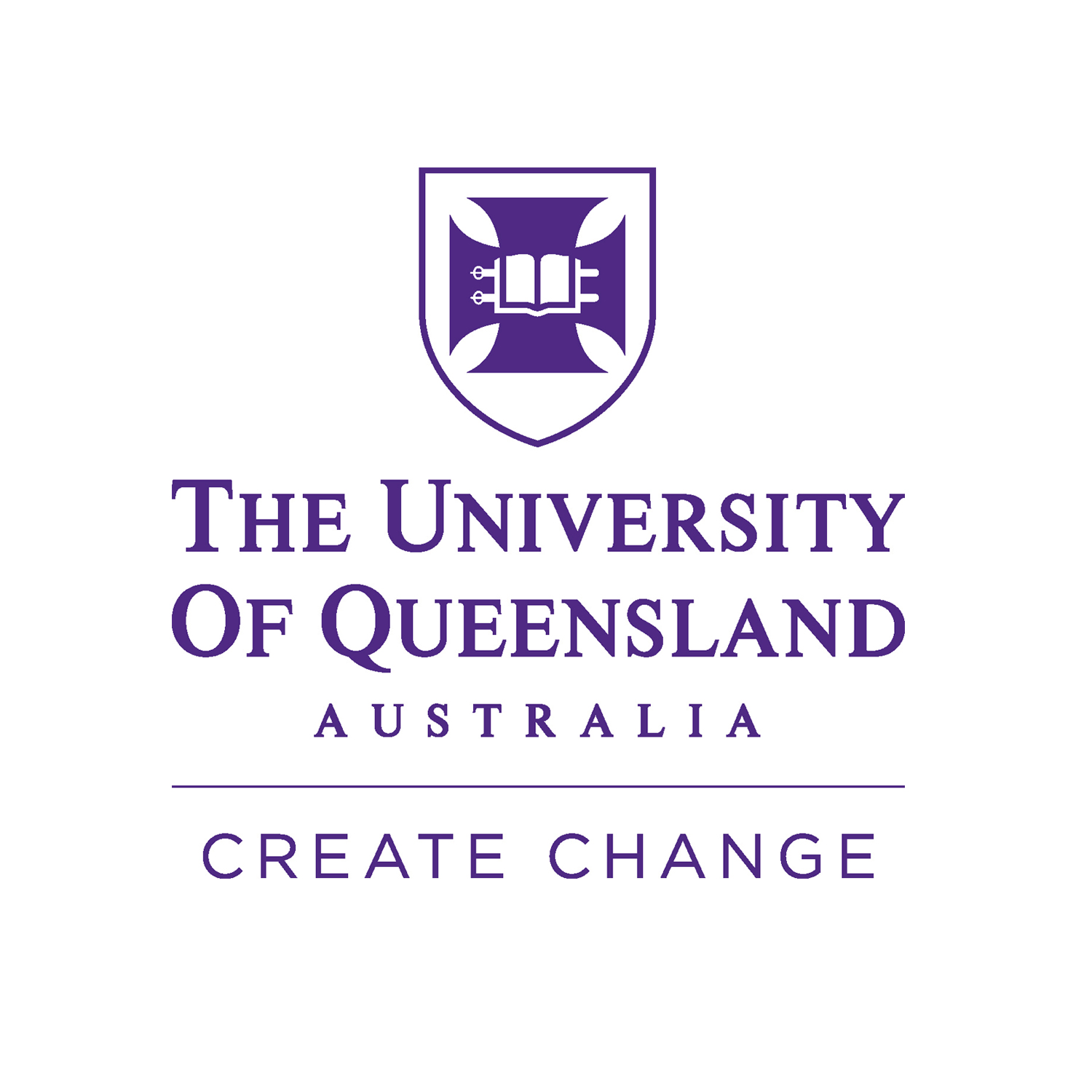
The University of Queensland is one of Australia’s leading research and teaching institutions and ranks among the world’s top universities. The Fire Safety Engineering research group at the University of Queensland is leading fire safety engineering research and education through its world class educational program which maintains very strong industry support; and which is very closely connected to its research agenda. The group’s mission is to develop and deliver enriched educational programs, scientific knowledge, and novel engineering solutions across multiple disciplines and industries, working closely with professional organizations and industry.
Key Persons: David Lange, Associate Professor, Felix Wiesner, Honorary Fellow
Key Research Facilities, Infrastructure and Equipment: UQ operates a state-of-the-art fire laboratory in the heart of the St Lucia campus, the facilities are designed to provide unparalleled capacity for innovative testing and research and are amongst the most modern for material and fire dynamics testing in the southern hemisphere. UQ’s research facilities are used for teaching, research and commercial activities –ensuring significant cross over between these different applications
Key Research Areas/ Themes and Educational Programmes: UQ’s key research areas include: Material Flammability, Compartment Fire Dynamics, Fire Safety Design in Buildings, Smouldering Combustion, Firefighter Safety, Structural Engineering and Response of Structures to Fire and Fire Service Equipment. UQ offers undergraduate courses in Fire Safety Engineering, a Masters and a Graduate Certificate in Fire Safety Engineering as well as Professional Development Courses in various aspects of the discipline.
Contact David Lange d.lange@uq.edu.au
UL’s Fire Safety Research Institute
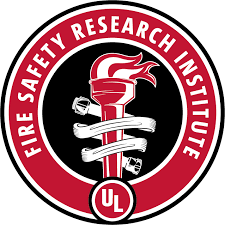 Since 1894, UL has objectively researched safety issues and evaluated products to address fire, shock and casualty risk. It is from this commitment to safety science and a desire to help others that FSRI was born as UL Firefighter Safety Research Institute in 2013 with the purpose of increasing firefighter knowledge to reduce injuries and deaths in the fire service and in the communities they serve. In 2021, the name was changed to UL’s Fire Safety Research Institute (FSRI) to reflect the organization’s expanded focus an addressing the world’s unresolved fire safety risks and emerging dangers. FSRI strives to be the world-leading institute in advancing fire safety knowledge and developing better fire safety strategies through rigorous research, advanced fire science and measurement, training and education with our international network of partners. As part of UL Research Institutes, the nonprofit research organization within the UL enterprise, we are committed to sharing our fire safety insights with everyone to advance UL’s public safety mission of providing safe living and working environments for people everywhere.
Since 1894, UL has objectively researched safety issues and evaluated products to address fire, shock and casualty risk. It is from this commitment to safety science and a desire to help others that FSRI was born as UL Firefighter Safety Research Institute in 2013 with the purpose of increasing firefighter knowledge to reduce injuries and deaths in the fire service and in the communities they serve. In 2021, the name was changed to UL’s Fire Safety Research Institute (FSRI) to reflect the organization’s expanded focus an addressing the world’s unresolved fire safety risks and emerging dangers. FSRI strives to be the world-leading institute in advancing fire safety knowledge and developing better fire safety strategies through rigorous research, advanced fire science and measurement, training and education with our international network of partners. As part of UL Research Institutes, the nonprofit research organization within the UL enterprise, we are committed to sharing our fire safety insights with everyone to advance UL’s public safety mission of providing safe living and working environments for people everywhere.
Key Persons
- Steve Kerber, Vice President and Executive Director
- Dan Madrzykowski, Director of Research
- Gavin Horn, Research Engineer
- Craig Weinschenk, Research Engineer
Key Research Facilities, Infrastructure and Equipment
FSRI’s expertise extends across firefighting to fire science and engineering, and has expanded to include the outreach, multimedia and instructional design skills needed to drive reach and active engagement with key stakeholder groups. Our research spans multiple scales and domains, so we can experiment, model and investigate the experience and impact of situations our stakeholders face. Through this, we generate comprehensive scientific data, measurements and evidence-based insights, and define what evolutions in strategies and tactics may need to be considered across our core areas of enablement of prediction, protection, control and investigation.
FSRI has multiple research facilities in the US, each with its own unique capabilities. Our headquarter facility is home to our materials and chemistry laboratories. We are able to perform experiments, from bench-scale testing to unrivaled real-scale fire research, in UL’s large-scale fire lab and our purpose-built structure site.
Key Research Areas/Themes and Educational Programs
There are five priority topic areas for ongoing and future FSRI research: firefighter health and safety, fire dynamics and materials, wildland urban interface, battery fire safety, and fire modeling.
In our Fire Safety Academy learning management system, we have developed a portfolio of online training for the fire service and investigation communities. We have also become a leading voice in public fire safety education through our Cloze Before You Doze campaign.
Contact: Steve Kerber, Steve.Kerber@ul.org
University of California, Berkeley
 Established in 1868 as the University of California, UC Berkeley is California’s first land-grant university and the founding campus of the University of California system. Berkeley ranks among the world’s top universities and has a long history of leadership in combustion and fire science research. Fire research programs are generally spread between the College of Engineering and the Rausser College of Natural Resources.
Established in 1868 as the University of California, UC Berkeley is California’s first land-grant university and the founding campus of the University of California system. Berkeley ranks among the world’s top universities and has a long history of leadership in combustion and fire science research. Fire research programs are generally spread between the College of Engineering and the Rausser College of Natural Resources.
Key Persons: Michael Gollner, Associate Professor, Mechanical Engineering
Key Research Facilities, Infrastructure and Equipment: The Berkeley Fire Research Lab has on-campus facilities including three rooms with multiple hoods for fire experiments. A pressure chamber is available for simulated microgravity experimentation, wind tunnels with variable atmospheres, larger wind tunnels for wildfire experiments, wind tunnels for smoldering firebrand studies, a larger burn chamber instrumented for heat-release and fire emissions studies, gas and particulate sampling apparatus for emissions such as an FTIR and gas analyzer, a cone heater, and many other specialized facilities.
Key Research Areas/ Themes and Educational Programmes: The Berkeley Fire Research Lab is broadly interested in fire science problems, utilizing experiments and combustion and fluid dynamics theory to solve problems. Our work is centered around the fundamental physics that governs fire phenomena, applying knowledge from fluid mechanics, heat transfer and combustion to solve problems related to fire safety, climate and public health. We have also applied numerical modeling to understand experiments and investigate fire risk and spread. Graduate students focused on fundamental fire phenomena are advised by Prof. Gollner in Mechanical Engineering. The Rausser College of Natural Resources also has many fire ecology-focused degree programs and research led by Prof. Scott Stephens.
Contact Michael Gollner, mgollner@berkeley.edu
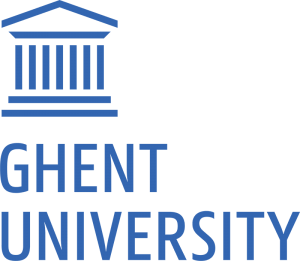 Today Ghent University attracts about 50,000 students, with a foreign student population of about 6000. In 2020, the university generated over 420 million euros in research expenditure, and employed around 8400 research staff (including doctoral researchers). Ghent University is ranked 71th in the Shanghai and 96th in the Times ranking.
Today Ghent University attracts about 50,000 students, with a foreign student population of about 6000. In 2020, the university generated over 420 million euros in research expenditure, and employed around 8400 research staff (including doctoral researchers). Ghent University is ranked 71th in the Shanghai and 96th in the Times ranking.
The university is one of the fastest growing European universities in terms of research capacity and productivity. Ghent University endorsed Charter for Researchers & Code of Conduct for the Recruitment of Researchers in 2006, upholds the ALLEA code and is a signatory of DORA.
Ghent University prides itself on being a knowledge hub which is not only forward-thinking but also self-questioning and authentic. Collaborative research, a dynamic work environment and a pioneering attitude are at the heart of research policy. Ghent University has 27 business development centres in different disciplines all working on applied research and technology transfer.
Ghent University has also been at the forefront of the implementation of all European higher education funding programmes since the start of the Erasmus programme. The university has agreements for the exchange of students and staff with over 650 universities in the EU and worldwide. UGent obtained the ECTS label from the very beginning and its mobility offer was recognized as a success story by the European Commission.
Top-tier computing facilities enable research and its applications at UGent and in the region.
Key Persons: Bart Merci, Professor in Combustion and Fire Safety Science and Engineering (FSSE)
Key Programs: International Master of Science in Fire Safety Engineering, https://imfse.be/
Contact Bart Merci, Bart.Merci@ugent.be




